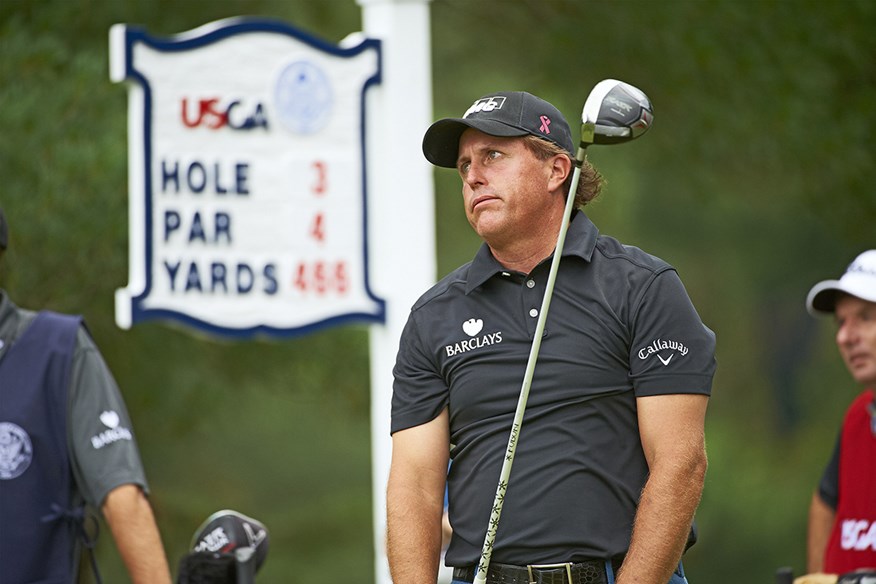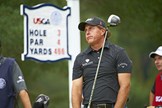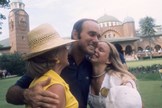The 5 most brutal championships in US Open history
Published:
With its 25-yard-wide fairways, ankle-high rough, and concrete greens, the US Open has the reputation for being the toughest event of the season. With some glee, we relive the five toughest editions of the last 50 years.
It has become the calling card of the US Open Championship – a brutally difficult examination designed to test the finest golfers in the world to the limit and result in a four-round aggregate close to level par. Under the recent stewardship of Mike Davis, things are beginning to change, but over the past five decades, USGA officials set up courses with an evil glint in their eyes. It was not always pretty, and it certainly wasn’t fun for the players, but looking back now provides morbid entertainment.
No.1 | Winged Foot (West Course) | 1974
There has long been a feeling that the course set up for the 1974 US Open was a mistake, at least an accident over which the superintendent, Ted Horton, had little control. Some said the USGA were determined not to allow a repeat of the previous year, when Johnny Miller had closed with an incredible 63 to win at Oakmont.
The truth is, Winged Foot, 22 miles north of Manhattan, was ahead of its time in terms of course maintenance, and the players had yet to catch up.
For starters, Horton used four six-foot front deck rotary mowers the club had purchased the year before to create rough as thick and even as had ever been seen, at the US Open or anywhere else. “I believe this was the first time roughs had been prepared this way,” he tells Golf World. “We presented 6in roughs that were more uniform and denser than ever before.
Finding the golfers’ shoes was a task, and hitting a ball forward was practically impossible.” In response, Horton adds, America’s prominent golf organisations changed their rough height specifications (for cool-season turf such as bent grass) to 3 to 4in the following year.
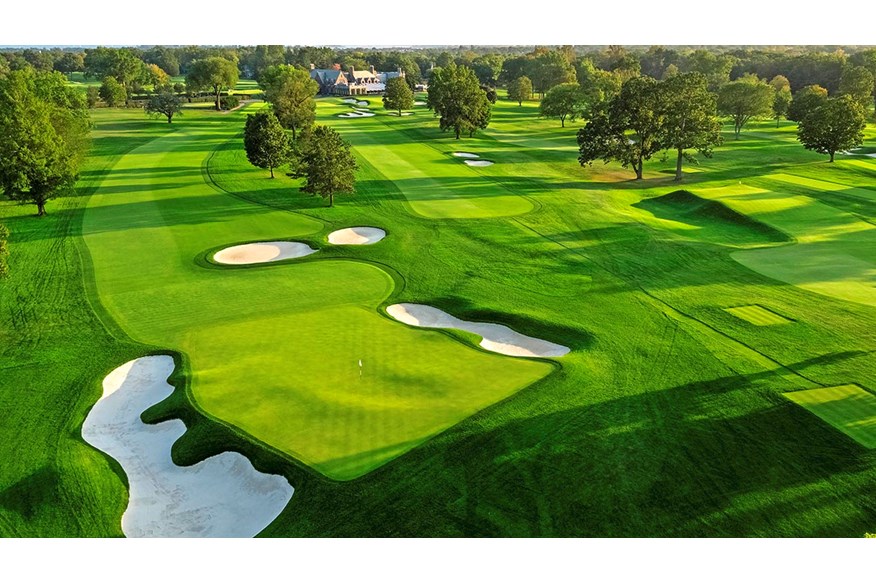
Horton also experimented with his greens mowers, shaving the bottoms of the bedknives (stationary horizontal cutting blade) to enable height-of-cut settings much lower than usually possible with that era’s standard mowing equipment. “We filed the bedknives so thin we had to replace them daily,” he says. “It enabled us to achieve bench settings of 9/64in to 1/8in height of cut – heights although normal today, that were unheard of at the time.”
Horton also rolled the greens every day, something considered taboo. “But you could add significant speed and firmness,” he remembers, “so we risked it.”
It was the dawn of a new era in course maintenance, and Winged Foot, a golf club whose membership was proud of its two AW Tillinghast courses and encouraged Horton to produce tough conditions every day, was happy to take the lead. “Our intention is not to embarrass the greatest players in the world but to identify them,” said Sandy Tatum, USGA President at that time, having witnessed Hale Irwin prevail with a +7 card. “We just caught the golf world by surprise at the time,” smiles Horton.

No.2 | Oakmont CC | 2007
On the outskirts of Pittsburgh, Pennsylvania, Oakmont CC was designed by its founder Henry Fownes, a wealthy industrialist who set the course up as a stiff examination.
In 2007, the club’s superintendent, John Zimmers, determined it should uphold its reputation. But, though Oakmont seemed particularly treacherous for that year’s US Open, with knee-high rough in places and green speeds that reached 14ó – 15 on the stimpmeter, Zimmers insists he was not instructed to fortify its already considerable defenses.
“It was certainly our intention to present a challenging course,” he says now. “I felt it was my responsibility to uphold the tradition established by Mr Fownes. But we wanted it to be a fair challenge too.”
Enabling Zimmers to create his monster were the perfect weather conditions the area enjoyed leading up to and during the tournament, and a tree-removal program that had begun in the mid-1990s. For the 2007 US Open, just two giant elms remained in the course’s interior. “Removing so many trees combined with the ideal weather allowed us to prepare a very firm and very fast golf course,” says Zimmers.
Angel Cabrera adapted best, his +5 for the week proving enough to win him his maiden major. “Definitely the hardest course I’ve ever played,” said the last man standing. “I don’t want to make comparisons, but definitely a very, very tough course.”

No.3 | Winged Foot (West Course) | 2006
A mark of the test at Winged Foot was that even though this was the year the USGA’s Mike Davis introduced his graduated rough, enabling players missing the fairway by just a foot or two to get a club on the ball, Ogilvy won his first major with the highest winning total since Hale Irwin 32 years previously.
Tom Fazio, the club’s consulting architect, together with senior associate Tom Marzolf, had cleared thousands of non-deciduous trees, rebuilt greens and bunkers, and lengthened the course to a sturdy 7,264 yards. Adding to the difficulties was the poa annua-infested rough, which superintendent Eric Greytok had done his best to repair by overseeding with ryegrass. It had only partly worked, however, meaning the rough was a little inconsistent, but still punishingly dense as a rule.
AW Tillinghast’s wickedly contoured greens, which became significantly firmer after Fazio and Marzolf had removed so many of the course’s trees, were the real threat, though. “If it’s dry, the conditions are firm, and there’s any kind of wind at all, Winged Foot could become death by a thousand three-putts,” warned Marzolf shortly before the tournament. Dense rough, length, relentlessly tricky greens – as numerous players intimated, the safest place to be at Winged Foot that week was in the clubhouse. “You could play well there but get one or two bad breaks and shoot 80 before you know it,” reflected champion Geof Ogilvy afterwards, who finished +5.
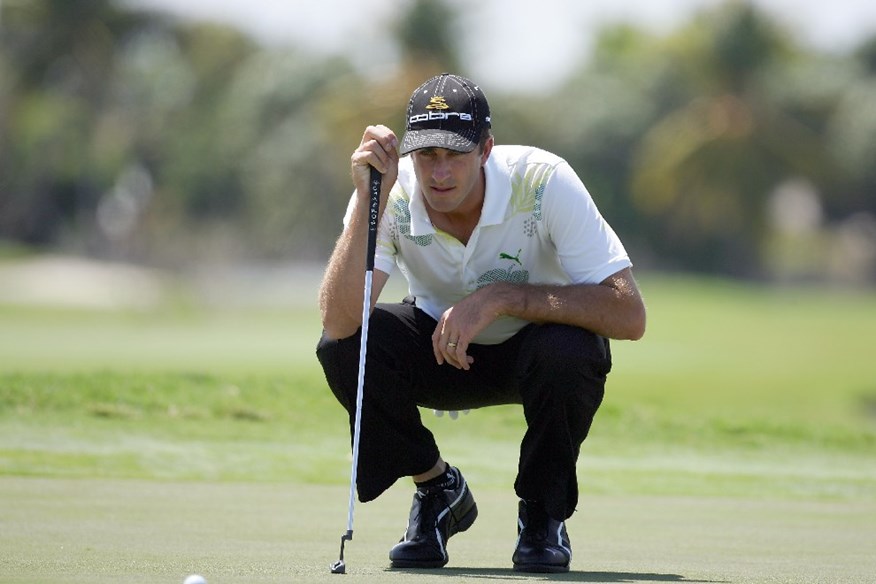
No.4 | Medinah (Course No.3) | 1975
In truth, Medinah No.3 wasn’t a particularly tough layout. After the tournament finished, with Lou Graham crowned US Open champion on +3 for the week, runner-up John Mahafey said the course wasn’t as difficult as the scores suggested. Jack Nicklaus said it might actually be the easiest US Open course he had ever seen. And after two rounds, a 25-year-old Tom Watson tied the 36- hole US Open record with rounds of 67 and 68.
The weekend, though, was a tough slog with only five sub-70 scores recorded in the final 36 holes. Watson shot 78 on the Saturday, then 77 on Sunday to fall into a tie for ninth. “The plain fact of the matter is that all the best players, the favourites, played pretty awful,” wrote Dan Jenkins in Sports Illustrated magazine.
They weren’t helped by stifling heat and humidity, nor the fact that Medinah’s No.3 was laid out as long (7,032 yards) as the US Open’s demanded. But there was an additional factor – a fearful stench that drifted across the course.
As Golf World’s Ron Cof man reported, “Course superintendent John Jackman did his best to cover the worst areas with 1,500 bales of straw, most of which came in from Arlington Park racetrack and smelled like it when mixed with the mud and then steamed in the hot sun.” Dubbed a “barnyard bouquet” and “a disaster”, the tournament remains, if not the hardest of all US Opens, then certainly the smelliest.
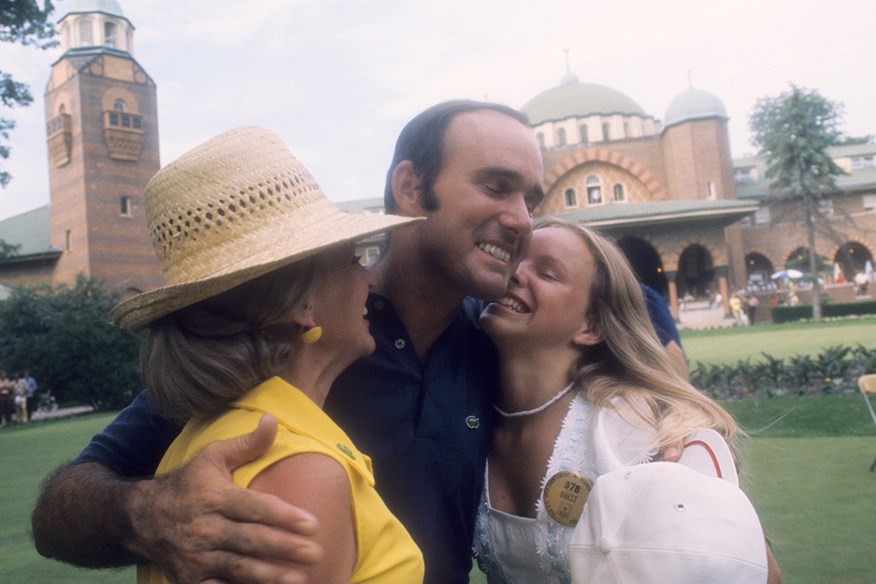
No.5 | Bellerive CC | 1965
Bellerive CC had moved to its new location in the western St Louis suburb of Town and Country just five years before hosting the 1965 US Open, making it the youngest venue to ever host the event. Robert Trent Jones had been asked to deliver a long and difficult course fit for a major, and he didn’t disappoint.
The course, though, was less impressive because St Louis, in America’s Midwest, lies on an awkward latitude where it is hard to grow both bent and Bermuda turf. The fairways were originally seeded with Bermuda, but the turf was still dormant after a cold winter, making them patchy and inconsistent. The club died them green to conceal the worst af ected areas, but there really was no hiding their poor condition. Though many of the fairway lies were questionable at best, players were not granted relief.
Additionally, at 7,191 yards, Bellerive was also longer than any previous US Open venue, leading Time Magazine to describe it as ‘massive and merciless’. The heat was also a factor. “It was incredibly hot,” recalls the champion Gary Player. “That contributed to the high scores, but allowed me to stay out in front. I was the fittest and strongest I ever was in my career at that time.” Clearly, he needed to be. “US Open venues are typically some of the most demanding tests of golf, and Bellerive certainly lived up to that,” he remembers today. “Bellerive was simply a monster.”
